An explosion at a Russian weapons testing site in August released radioactive isotopes that almost certainly came from a nuclear reactor, experts say.


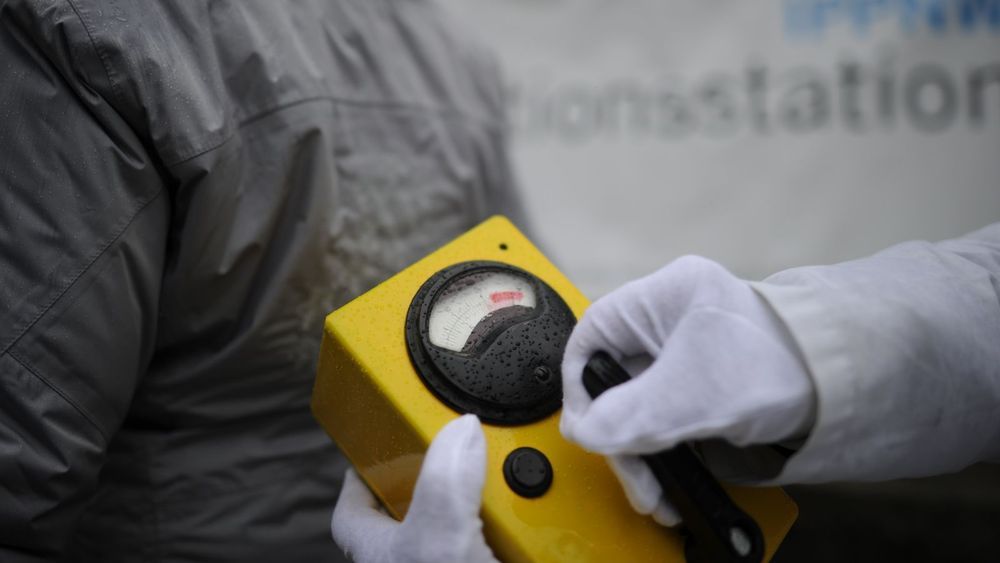
A doctor who treated survivors of a mysterious nuclear accident in Russia was told that the radioactive isotope cesium-137 must have made its way into their body due to “Fukushima crabs,” according to CNN.
The August 8 incident at the Nyonoksa testing range on a platform in the White Sea has not yet been fully explained, but at least seven individuals have been reported dead after what nuclear agency Rosatom described as an accident involving an “isotope power source for a liquid-fuelled rocket engine.” It later emerged that the incident was serious enough that Russian officials in Arkhangelsk wavered over the issue of whether to issue evacuation orders for nearby towns. While several of the personnel deaths were due to an onsite explosion, the Washington Post reported this week (citing the Novaya Gazeta newspaper) that two individuals had died of radiation exposure before they could be taken to Moscow for treatment.
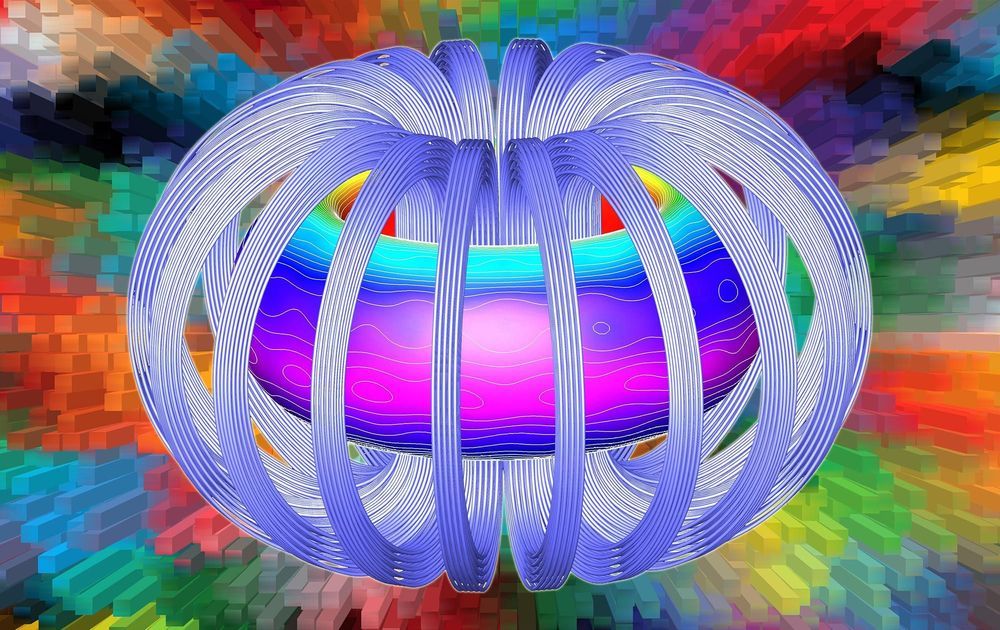
O.o.
Stellarators, twisty machines that house fusion reactions, rely on complex magnetic coils that are challenging to design and build. Now, a physicist at the U.S. Department of Energy’s (DOE) Princeton Plasma Physics Laboratory ( PPPL ) has developed a mathematical technique to help simplify the design of the coils, making stellarators a potentially more cost-effective facility for producing fusion energy.
“Our main result is that we came up with a new method of identifying the irregular magnetic fields produced by stellarator coils,” said physicist Caoxiang Zhu, lead author of a paper reporting the results in Nuclear Fusion. “This technique can let you know in advance which coil shapes and placements could harm the plasma ’s magnetic confinement, promising a shorter construction time and reduced costs.”
Fusion, the power that drives the sun and stars, is the fusing of light elements in the form of plasma — the hot, charged state of matter composed of free electrons and atomic nuclei — that generates massive amounts of energy. Twisty, cruller-shaped stellarators are an alternative to doughnut-shaped tokamaks that are more commonly used by scientists seeking to replicate fusion on Earth for a virtually inexhaustible supply of power to generate electricity.

Last year, Pentagon mad science arm DARPA was working on one of its wildest projects yet: a microchip-sized nuclear reactor. The program is now officially done, the agency says. But these sorts of far-out projects have a habit of being reemerging under new managers and new names.
The project, known as the “Chip-Scale High Energy Atomic Beams” program, is an effort aimed at working on the core technologies behind a tiny particle accelerator, capable of firing subatomic particles at incredible speeds. It’s part of a larger DARPA plan to reduce all sorts of devices to microchip-scale – including cryogenic coolers, video cameras and multi-purpose sensors. All of the projects are ambitious (this is DARPA, after all). But this had to be the most ambitious of the lot. Here’s how DARPA’s plans for fiscal year 2009 described it:
You’ve read your last complimentary article this month. To read the full article, SUBSCRIBE NOW. If you’re already a subscriber, please sign in and and verify your subscription.
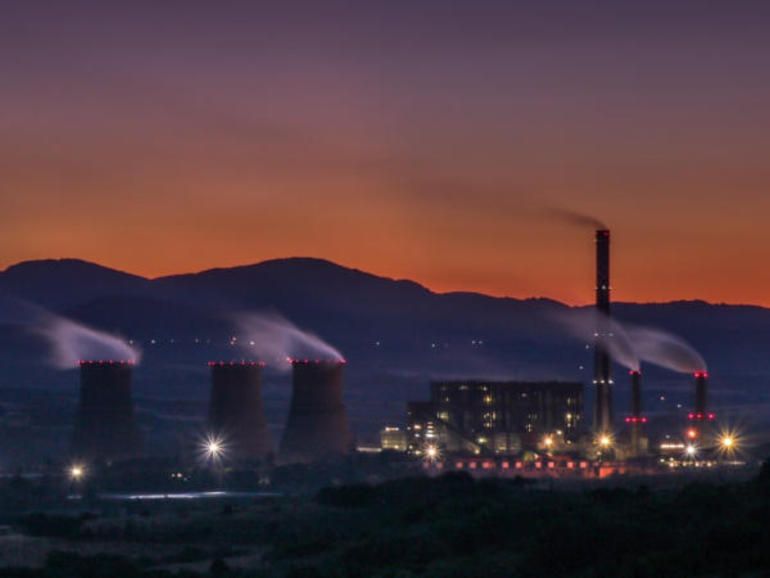
Ukrainian authorities are investigating a potential security breach at a local nuclear power plant after employees connected parts of its internal network to the internet so they could mine cryptocurrency.
The investigation is being led by the Ukrainian Secret Service (SBU), who is looking at the incident as a potential breach of state secrets due to the classification of nuclear power plants as critical infrastructure.
Investigators are examining if attackers might have used the mining rigs as a pivot point to enter the nuclear power plant’s network and retrieve information from its systems, such as data about the plant’s physical defenses and protections.
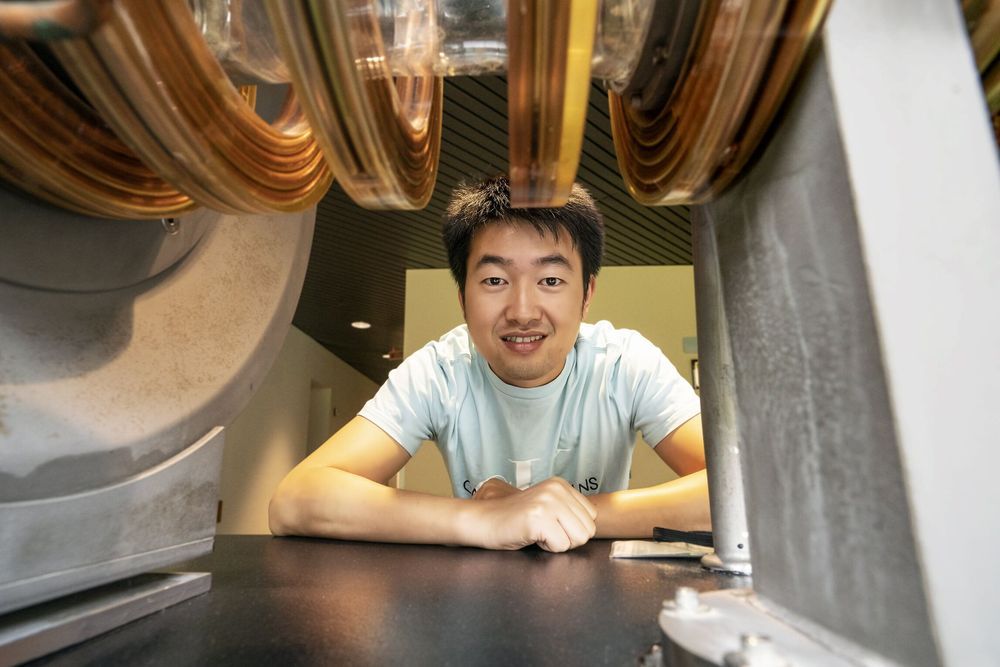
Stellarators, twisty machines that house fusion reactions, rely on complex magnetic coils that are challenging to design and build. Now, a physicist at the U.S. Department of Energy’s (DOE) Princeton Plasma Physics Laboratory (PPPL) has developed a mathematical technique to help simplify the design of the coils, making stellarators a potentially more cost-effective facility for producing fusion energy.
“Our main result is that we came up with a new method of identifying the irregular magnetic fields produced by stellarator coils,” said physicist Caoxiang Zhu, lead author of a paper reporting the results in Nuclear Fusion. “This technique can let you know in advance which coil shapes and placements could harm the plasma’s magnetic confinement, promising a shorter construction time and reduced costs.”
Fusion, the power that drives the sun and stars, is the fusing of light elements in the form of plasma—the hot, charged state of matter composed of free electrons and atomic nuclei—that generates massive amounts of energy. Twisty, cruller-shaped stellarators are an alternative to doughnut-shaped tokamaks that are more commonly used by scientists seeking to replicate fusion on Earth for a virtually inexhaustible supply of power to generate electricity.
Scientists from the International Atomic Energy Agency (IAEA) in Vienna, Austria, released footage of the effect at work in a research reactor…
Experts from the International Atomic Energy Agency in Vienna, Austria, released footage of the effect — a visual equivalent to the ‘sonic boom’ — at work.
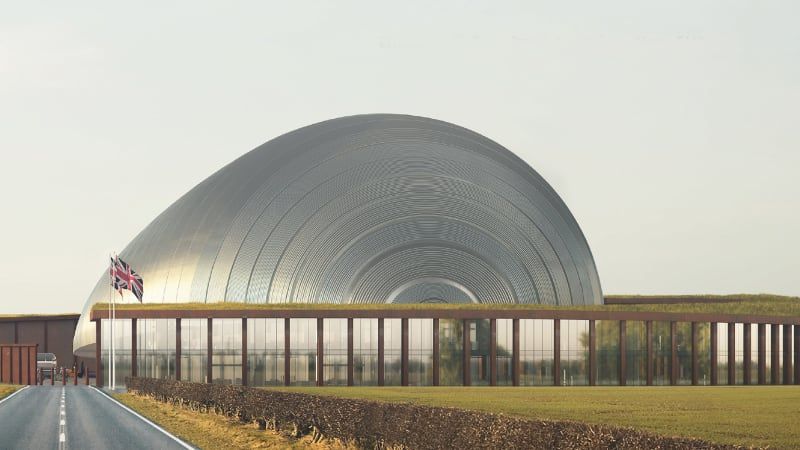
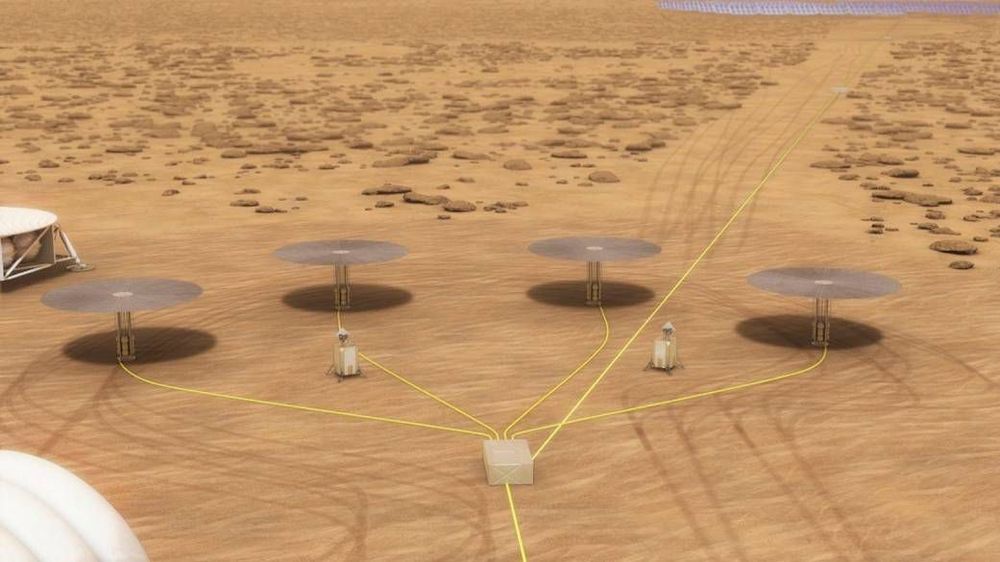
A new type of nuclear reactor designed to power crewed outposts on the moon and Mars could be ready for its first in-space trial just a few years from now, project team members said.
A flight test is the next big step for the Kilopower experimental fission reactor, which aced a series of critical ground tests from November 2017 through March 2018. No off-Earth demonstration is on the books yet, but Kilopower should be ready to go by 2022 or so if need be, said Patrick McClure, Kilopower project lead at the Department of Energy’s (DOE) Los Alamos National Laboratory in New Mexico.
Seven years. 13 miles. 22 samples. NASA’s Curiosity Mars Rover has come a long way since touching down on the Red Planet seven years ago. See for yourself: https://www.nasa.gov/feature/jpl/new-finds-for-mars-rover-se…er-landing
NASA’s Curiosity rover has come a long way since touching down on Mars seven years ago. It has traveled a total of 13 miles (21 kilometers) and ascended 1,207 feet (368 meters) to its current location. Along the way, Curiosity discovered Mars had the conditions to support microbial life in the ancient past, among other things.
And the rover is far from done, having just drilled its 22nd sample from the Martian surface. It has a few more years before its nuclear power system degrades enough to significantly limit operations. After that, careful budgeting of its power will allow the rover to keep studying the Red Planet.
Curiosity is now halfway through a region scientists call the “clay-bearing unit” on the side of Mount Sharp, inside of Gale Crater. Billions of years ago, there were streams and lakes within the crater. Water altered the sediment deposited within the lakes, leaving behind lots of clay minerals in the region. That clay signal was first detected from space by NASA’s Mars Reconnaissance Orbiter (MRO) a few years before Curiosity launched.